Ever found yourself wracking your brains trying to remember the nuances of your hiking adventures? You’re not alone—quite a few seasoned hikers, including yours truly, often find themselves in this very same situation.
In this blog post, we’ll venture together through 17 valuable tips on using a hiking journal to faithfully record every little detail from your trail exploits and lock away those irreplaceable memories forever.
Ready to be both explorer and scribe for your own wild chronicles? Let’s lace up our boots and dive into this journey!
Key Takeaways
- Keeping a hiking journal helps capture memories, emotions, and track hikes and locations.
- Choose the right journal or notebook that suits your preferences for recording details about each journey.
- Decide on your preferred method of journaling, whether it’s writing, drawing, or a combination of both.
- Set aside dedicated time for journaling after each hike to ensure consistency and capture all the details.
The Importance of keeping a Hiking Journal
Keeping a hiking journal is vital for capturing memories and emotions, as well as tracking hikes and locations.
Capturing memories and emotions
I take my hiking journal on every trip. It helps me hold onto special moments and feelings from each hike. I get to keep track of where I’ve been and what I saw there. But best of all, it lets me relive the joy and wonder each time I flip through its pages.
Even tough times on the trail become worth it when written down in the journal! As a bonus, writing about my hikes lowers stress and boosts mood too. It’s like talking to an old friend who understands exactly what you mean.
Guying those memories is key for mental health, making every hike more than just a walk in nature but also a way to heal inside out!
Tracking hikes and locations
A hiking journal is my best tool. It helps me note where I’ve been on my outdoor adventures. This keeps all trail details clear and easy to find later. Each hike has a name, location, and other key facts in the book.
I also use a hiking logbook when going on wilderness journeys. The start and end points of each trip are written down here. The total time I took for the hike goes there too. Hiking journal apps make this easier as well! They help save all necessary details with little effort from my side.
How to Start Your Own Hiking Journal
To start your own hiking journal, first choose a suitable journal or notebook that you enjoy writing in. Then, decide on your preferred method of journaling, whether it’s through writing, drawing, or a combination of both.
Lastly, make sure to set aside dedicated time for journaling after each hike to ensure consistency and capture all the details of your experiences.
Choose the right journal or notebook
Picking the right journal or notebook is a key step in starting your hike diary. Think about what suits you best. Some like logbooks made just for hikes. Others might find a normal book works well too.
Apps can also be used to keep track of your trips. Of course, you can buy these from many places, including online stores like Amazon. Your choice should fit how much you wish to write and remember about each journey.
It’s not only about recording basic facts but capturing feelings and moments on the trail too!
Decide on your journaling method (writing, drawing, etc.)
For your hiking journal, you have different options for how to record your experiences. You can choose to write about your hikes, draw pictures, or use a combination of both. It’s all up to you and what feels most comfortable and enjoyable.
The important thing is to find a method that allows you to capture the memories and emotions of your hikes in a way that resonates with you. So think about whether you prefer writing down your thoughts or expressing them through art, and go with whatever suits you best!
Set aside time for journaling
Setting aside time for journaling is crucial when starting your own hiking journal. By allocating specific time for this activity, you ensure that you create a habit and maintain consistency in recording your experiences.
It’s important to treat journaling as a priority during or after your hike, just like any other essential task. Whether it’s in the morning before hitting the trails or in the evening to reflect on the day’s adventures, finding a routine that works best for you will help make journaling an enjoyable part of your hiking journey.
So, remember to dedicate time specifically for writing about your hikes and embrace the tradition of keeping a personal diary in the hiking community.
Guide on Hiking Journals and Trip Recording
Keeping a hiking journal is an essential part of documenting your outdoor adventures and preserving the memories you make along the way. It’s a personal record of your hikes that allows you to go back and relive those experiences whenever you want.
To start your own hiking journal, choose a suitable journal or notebook that can withstand the rugged conditions of hiking. Decide on your preferred method of journaling, whether it’s writing, drawing, or a combination of both.
Make sure to set aside time during or after each hike to record your thoughts and feelings about the journey. As you write in your trail journal, focus on creating structure and organization by including important details like the date, location, weather conditions, terrain information, as well as any highlights or challenges encountered during the hike.
Use descriptive language to bring your hikes to life on paper and consider adding photos and memorabilia for visual enhancement. Additionally, if you’re interested in sharing your hiking adventures with others, consider self-publishing or starting a blog where you can inspire fellow hikers and nature enthusiasts with stories of wilderness exploration.
Overall, keeping a hiking journal is not just about recording facts; it’s about capturing the essence of each hike so that you can look back years later and remember all those amazing moments spent in nature.
Tips for Effective Trail Journal Writing
Focus on structure and organization, be consistent in recording your experiences, and use descriptive language to bring your hikes to life. Discover more tips for improving your hiking journaling skills by reading the full blog post.
Happy exploring!
Focus on structure and organization
When it comes to trail journal writing, structure and organization are key. I find that noting down details in a clear and organized way helps me remember my experiences better. One tip is to start each entry with the date, location, and trail details.
This helps create a timeline of your hiking adventures. Another tip is to use descriptive language and vivid words to bring your hikes to life on paper. You can also try using lists or bullet points for organizing your thoughts, or even creating mind maps if you prefer a visual approach.
By focusing on structure and organization in your trail journaling, you’ll have a more cohesive and enjoyable record of your hiking experiences.
Be consistent in recording your experiences
When it comes to trail journal writing, one important tip is to be consistent in recording your experiences. This means making an effort to write in your journal regularly, whether it’s after every hike or at the end of each day on a multi-day trek.
By being consistent, you can ensure that you capture all the important details and memories while they are still fresh in your mind. It also helps you create a more comprehensive record of your hiking adventures over time.
So make it a habit to set aside some time for journaling and stick to it. Whether it’s writing about the beautiful scenery, reflecting on challenges overcome, or simply jotting down how you felt during the hike, consistency will help make your trail journal truly meaningful and memorable.
Use descriptive language to bring your hikes to life
As a hiking enthusiast, I know how important it is to use descriptive language in my trail journal to bring my hikes to life. By using vivid imagery and evocative language, I can create captivating descriptions that transport me back to the moment.
Immersive writing allows me to engage all my senses and paint a picture of the scenery, sounds, and smells I encountered on the trail. It’s all about creating memorable accounts that truly reflect my experiences and make for rich storytelling.
So when I write in my hiking journal, I focus on detailed recollections and reflective observations that help me relive those amazing adventures again and again.
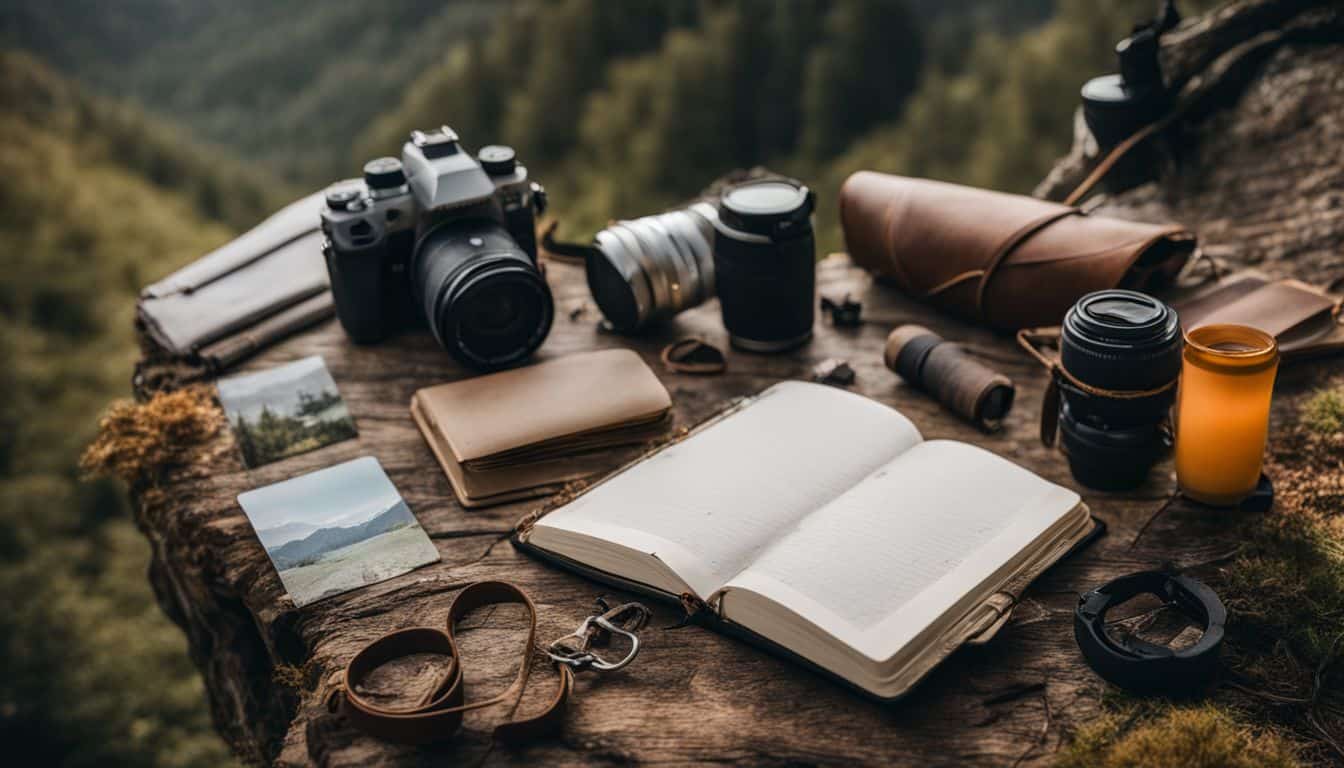
Adding Photos and Memorabilia to Your Journal
Enhance your hiking journal by incorporating visual elements like photos and mementos, capturing the essence of your outdoor adventures.
Enhancing your journal with visual elements
I love adding photos and keepsakes to my hiking journal. They really bring my experiences to life and make them more memorable. Adding notes and embellishments next to the photos helps me remember important details and emotions from each adventure.
It’s also a great way to personalize my journal and make it more engaging for others who look at it. Seeing these visual elements reminds me of all the incredible places I’ve been, the people I’ve met, and the amazing experiences I’ve had while hiking.
It truly enhances the overall enjoyment of documenting my hikes in a journal.
Collecting and preserving mementos from your hikes
As a hiking enthusiast, I love collecting and preserving mementos from my hikes. It’s a special tradition in the hiking community that helps me remember my adventures and the incredible experiences I’ve had on the trails.
Adding photos and memorabilia to my hiking journal brings those memories to life and serves as a visual reminder of all the amazing places I’ve explored.
I find that including keepsakes like ticket stubs, pressed flowers, or even small rocks or seashells can instantly transport me back to the moment when I found them. It’s like having a piece of each hike with me wherever I go.
Whether it’s writing personal anecdotes about the journey or sketching out beautiful landscapes, these mementos help create a unique travelogue that is truly mine.
Tips for Publishing Your Journal
Share your hiking adventures with others by considering self-publishing or creating a blog.
Sharing your hiking adventures with others
I love sharing my hiking adventures with others. It’s an amazing way to inspire and motivate fellow hikers, as well as those who haven’t experienced the joy of hiking yet. By writing in my hiking journal and later sharing it with friends, family, or fellow hikers, I can relive those incredible moments on the trails and encourage others to explore nature too.
There are also online platforms and social media where I can share my experiences through photos or blog posts. It’s a wonderful feeling knowing that my stories can inspire others to embark on their own outdoor adventures!
Consider self-publishing or blogging
If you want to share your hiking adventures with others, you might consider self-publishing or blogging. Self-publishing allows you to turn your hiking journal into a book that can be read by others.
Blogging is another option where you can create an online platform to share your experiences and connect with fellow hikers. Both self-publishing and blogging provide opportunities for feedback and improve your writing skills.
Additionally, they allow you to consolidate your ideas and create a more polished version of your journal entries. By using blogging statistics, you can gain insights and make informed decisions about the future of your blog.
Essential Information to Include in Your Journal
Include the date, location, and trail details of your hike. Note down the weather and terrain conditions you encountered. Document the highlights and challenges you faced during the hike.
Date, location, and trail details
In my hiking journal, I always make sure to include the date, location, and trail details of each hike. This information is crucial for planning future hikes and considering weather conditions.
Plus, having a well-organized trail journal makes it easy to search for specific information later on. That’s why I love using a hiking log book or trail journal with pre-formatted pages that let me record important details like the hike name, location, time, weather, dates, and trails.
It helps keep everything neat and organized so I can quickly find the information I need.
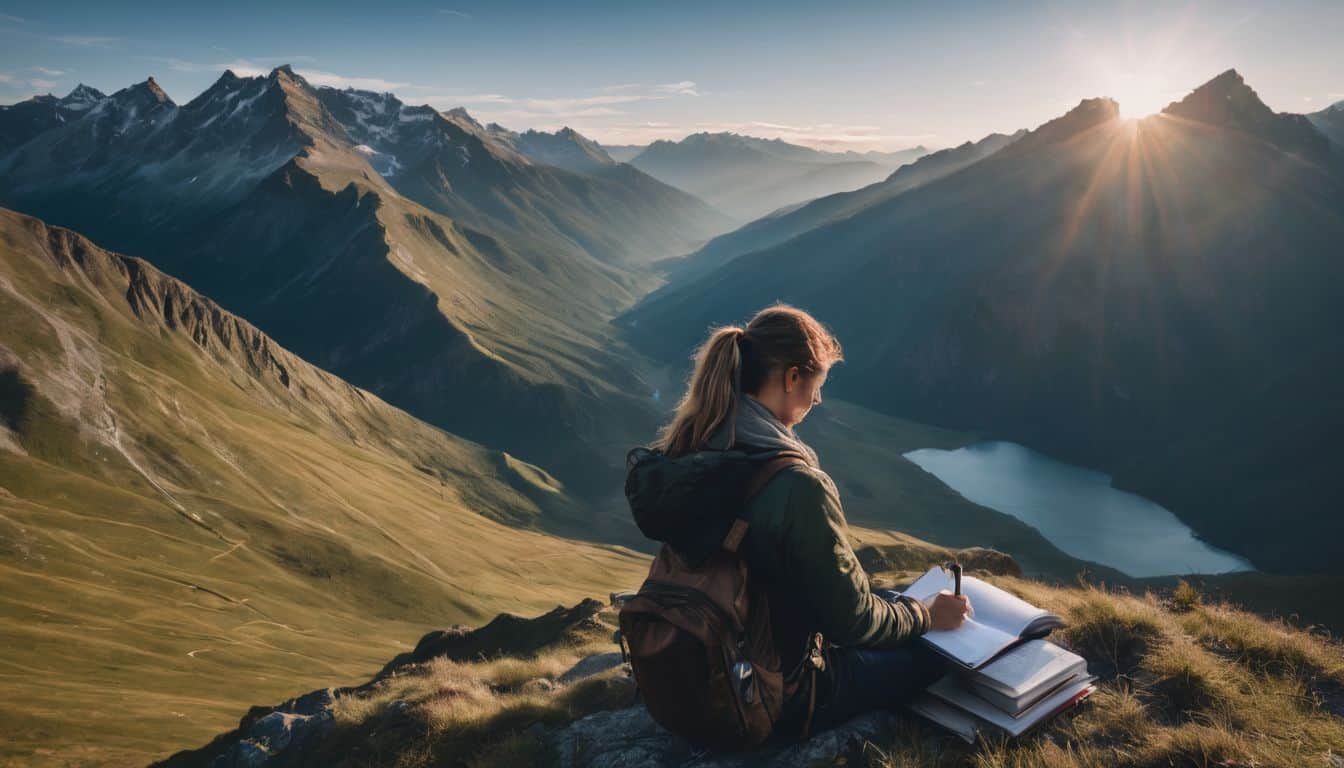
Weather and terrain conditions
Understanding weather and terrain conditions is crucial for a safe and enjoyable hiking experience. Before heading out, it’s important to check the official weather forecast as changes in weather can impact your hike.
Being aware of weather patterns will help you prepare appropriately with the right gear and clothing. Additionally, hiking involves walking over natural terrain, which can include obstacles like rocks and tree roots.
Understanding the terrain features will help you navigate safely and avoid potential hazards. So remember, always be prepared by checking the weather forecast and being mindful of the terrain conditions during your hiking adventures!
Highlights and challenges of the hike
I love hiking because it gives me a chance to explore nature and challenge myself. One of the best parts of hiking is encountering breathtaking views along the trail. Whether it’s a stunning mountain peak, a cascading waterfall, or a serene lake, these highlights make every step worth it.
But hiking also comes with its fair share of challenges. From steep uphill climbs to unpredictable weather conditions, each hike presents unique obstacles to overcome. These challenges push me out of my comfort zone and teach me valuable lessons about perseverance and resilience.
Advice for Future Hikers and Writers
Reflect on the lessons you’ve learned and the personal growth you’ve experienced during your hiking adventures, and let those reflections inspire and guide others with their own outdoor experiences.
Reflect on lessons learned and personal growth
Reflecting on the lessons learned and personal growth from your hiking experiences is an essential part of becoming a better hiker and writer. As you embark on long distance hikes, you’ll discover that it’s not just about reaching the destination, but also about the journey itself.
Along the way, you’ll learn valuable life skills such as patience, mindfulness, generosity, forgiveness, and resilience. These qualities are cultivated through facing challenges head-on and embracing the unknown.
Taking time to reflect on your experiences will help you understand yourself better and appreciate how outdoor adventures like hiking contribute to your self-improvement, mental health, and physical fitness.
Inspire and guide others with your experiences
As a hiking enthusiast, I know how exhilarating and fulfilling it can be to explore the great outdoors. That’s why I believe in sharing my experiences through hiking journals and trip recordings.
Not only does it allow me to preserve my memories for the future, but it also gives me the opportunity to inspire and guide others with my adventures. By writing about my hikes, I can provide valuable insights on trail conditions, highlights, challenges, and even lessons learned along the way.
Whether you’re planning your first hike or looking for new trails to explore, these personal accounts can help you make informed decisions and discover hidden gems. So grab your journal and start documenting your experiences – you never know who you might inspire!
Tips for Recovering from a Hard Hike or Mountain Climb
Recovering from a challenging hike or mountain climb requires taking proper care of your body.
Using the right gear and clothing
Having the right gear and clothing is essential for a successful and comfortable hiking experience. It starts with choosing the proper footwear, such as well-fitting hiking boots or trail runners that grip the trail.
This helps prevent soreness in large muscles and the back after a hike. Wearing moisture-wicking workout clothes designed for activity can also make hiking more enjoyable by keeping you dry and comfortable throughout your adventure.
Additionally, long pants or tights can protect your legs from getting scraped up on bushes during a hike. Don’t forget to wear wool-blend socks or pre-tape areas prone to blisters to keep your feet happy on the trails!
Caring for your feet and muscles
Taking care of your feet and muscles is crucial after a long hike or mountain climb. Regular cardiovascular activities can help improve overall fitness, making it easier to tackle challenging trails.
To prevent post-hike soreness and blisters, make sure to cut your toenails before setting off on your hiking adventure. Additionally, it’s important to address any blisters as soon as possible by applying blister pads or moleskin.
After your hike, take the time to rest and relax. Engage in fun activities that don’t put too much strain on your body and allow for sufficient recovery time. Remember to hydrate properly and refuel with nutritious food to replenish your energy levels.
Hydrating and refueling properly
Proper hydration and refueling after a tough hike or mountain climb are crucial for replenishing, nourishing, and restoring your body. It’s important to remember that eating and drinking to support muscle recovery is just as important as fueling during the hike itself.
Sometimes, we overlook the significance of post-hike nutrition and hydration, but it plays a vital role in recovering from strenuous physical activity. To stay properly hydrated, make sure to drink water several days before your hike as well as on the morning of your adventure.
This will help ensure that you have enough fluids in your body for comfort and overall health while on the trail.
Conclusion on Hiking Journals And Trip Recording
In conclusion, keeping a hiking journal is a wonderful way to capture and remember your hiking adventures. By recording your experiences in a journal, you can track your hikes, share your stories with others, and reflect on the lessons learned along the way.
So grab a notebook, start writing or drawing, and let your hiking memories come to life! Happy trails!
FAQs on Hiking Journals And Trip Recording
1. Why should I keep a hiking journal or record my trips?
Keeping a hiking journal or recording your trips can help you remember and reflect on your outdoor experiences, track your progress, and share valuable information with others.
2. What information should I include in my hiking journal or trip records?
In your hiking journal or trip records, you can include details such as the date, location, distance hiked, weather conditions, trail difficulty, highlights of the trip, and any lessons learned.
3. How can I improve my hiking journal or trip recording skills?
You can improve your hiking journal or trip recording skills by being consistent in documenting your hikes, taking notes during the hike to capture important details, using descriptive language to bring your experiences to life on paper, and incorporating photos if possible.
4. Are there any specific tips for maintaining an organized hiking journal?
Yes! Some tips for maintaining an organized hiking journal include using dividers or sections to categorize different hikes/trips, creating templates for easy entry of key information like weather conditions and trail difficulty rating.

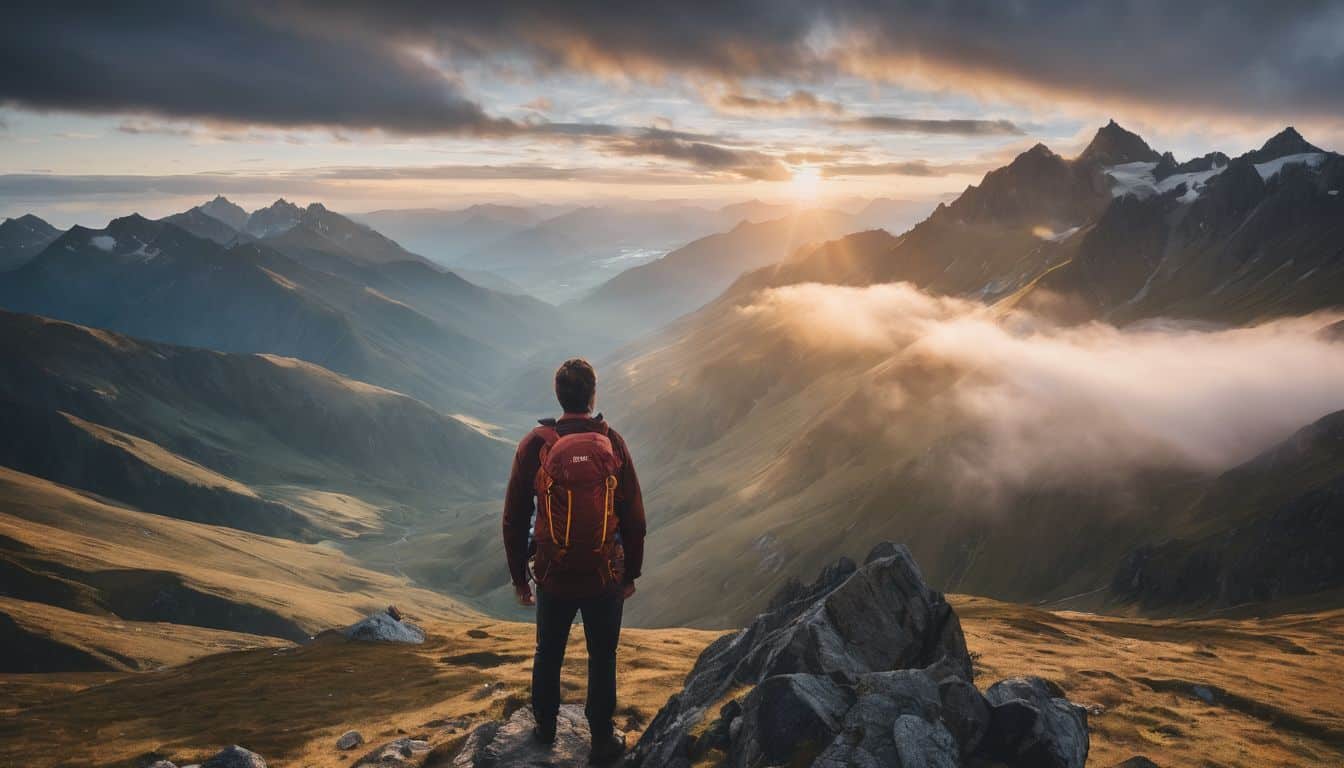
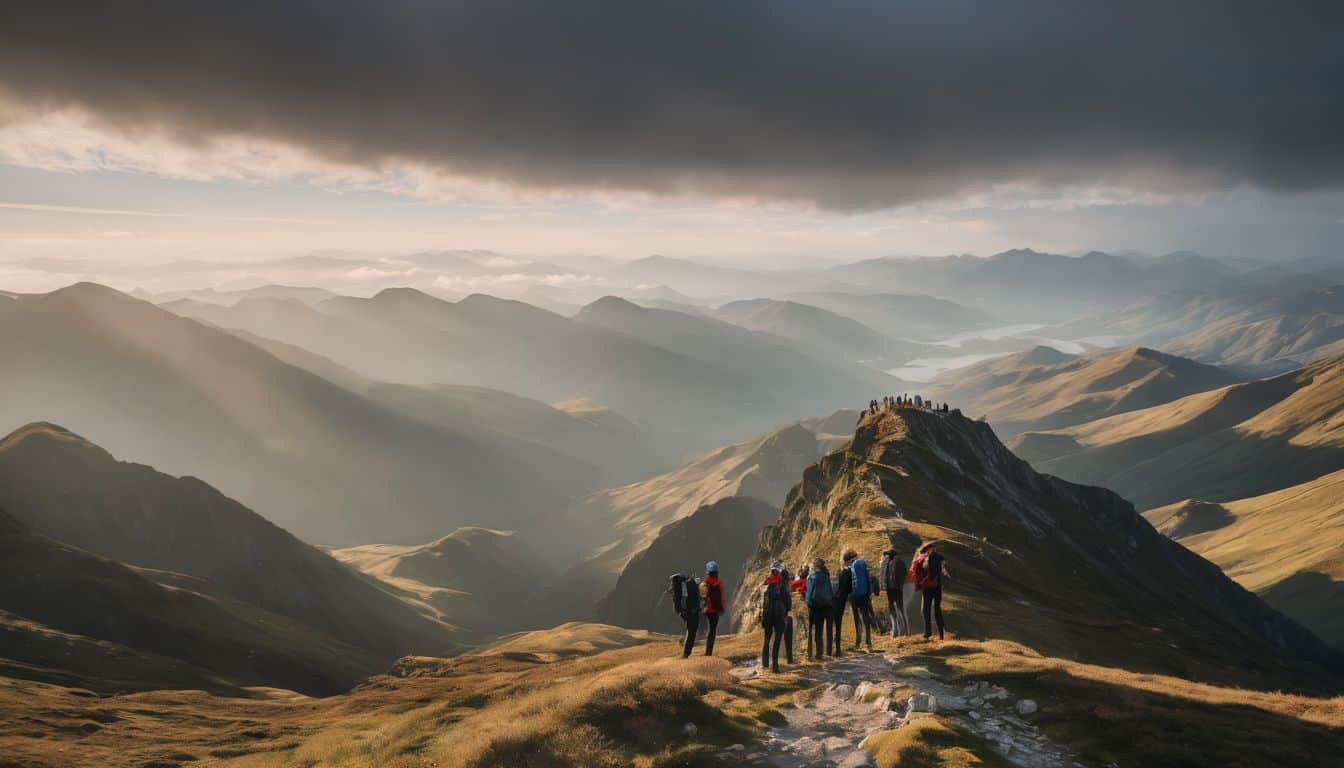
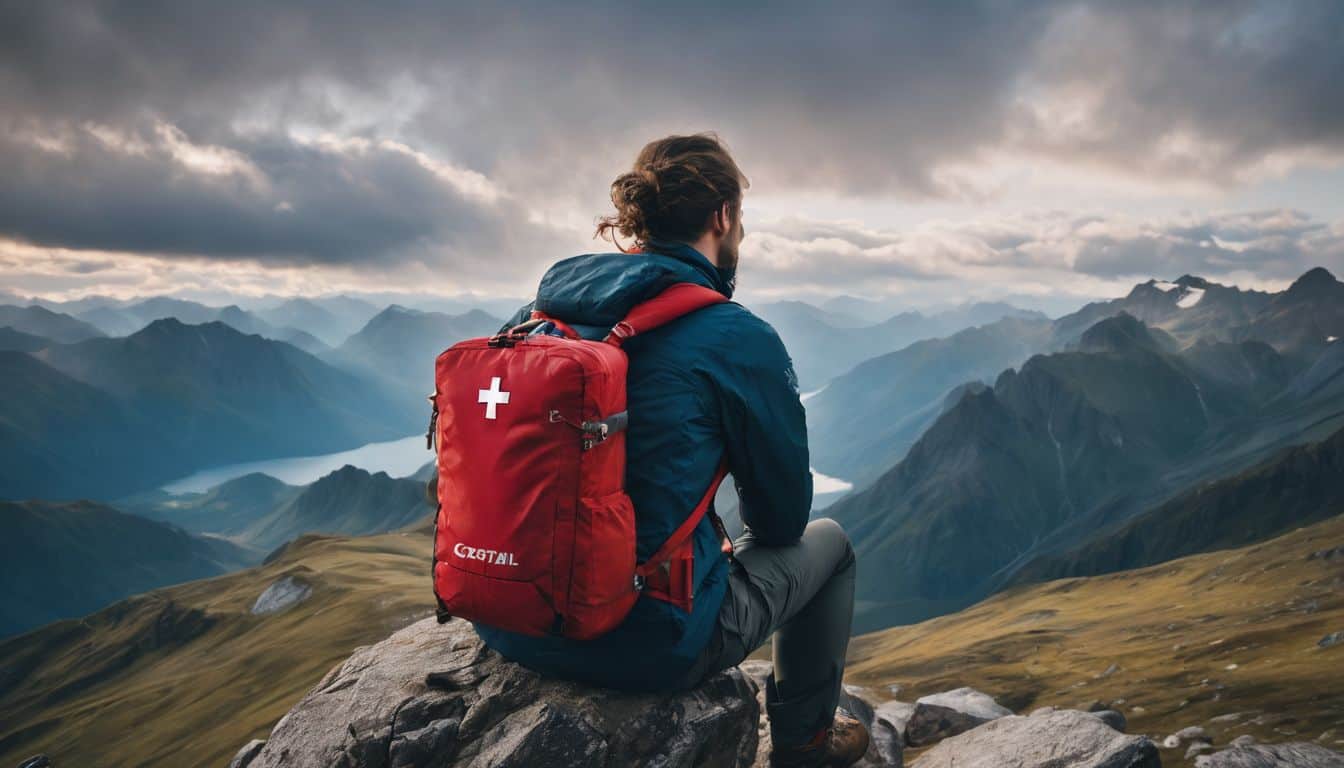
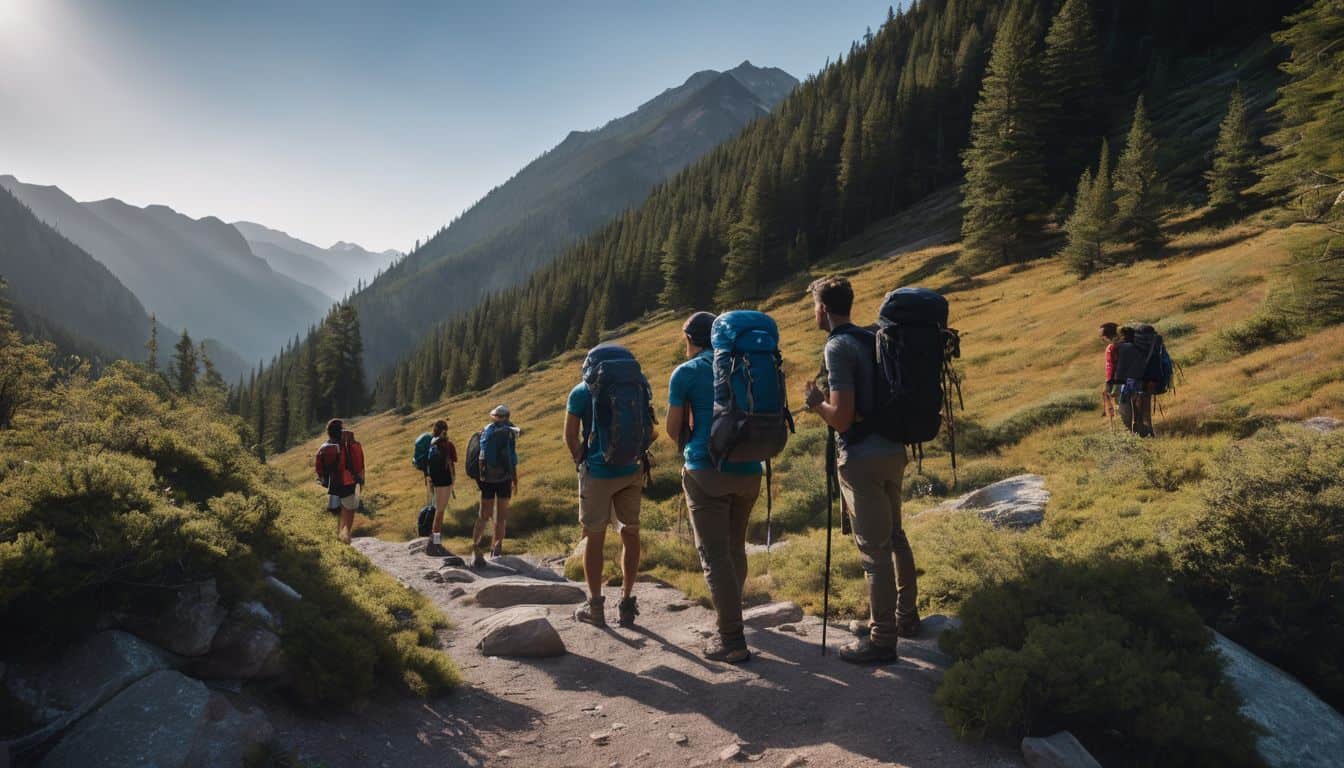
Leave a Reply